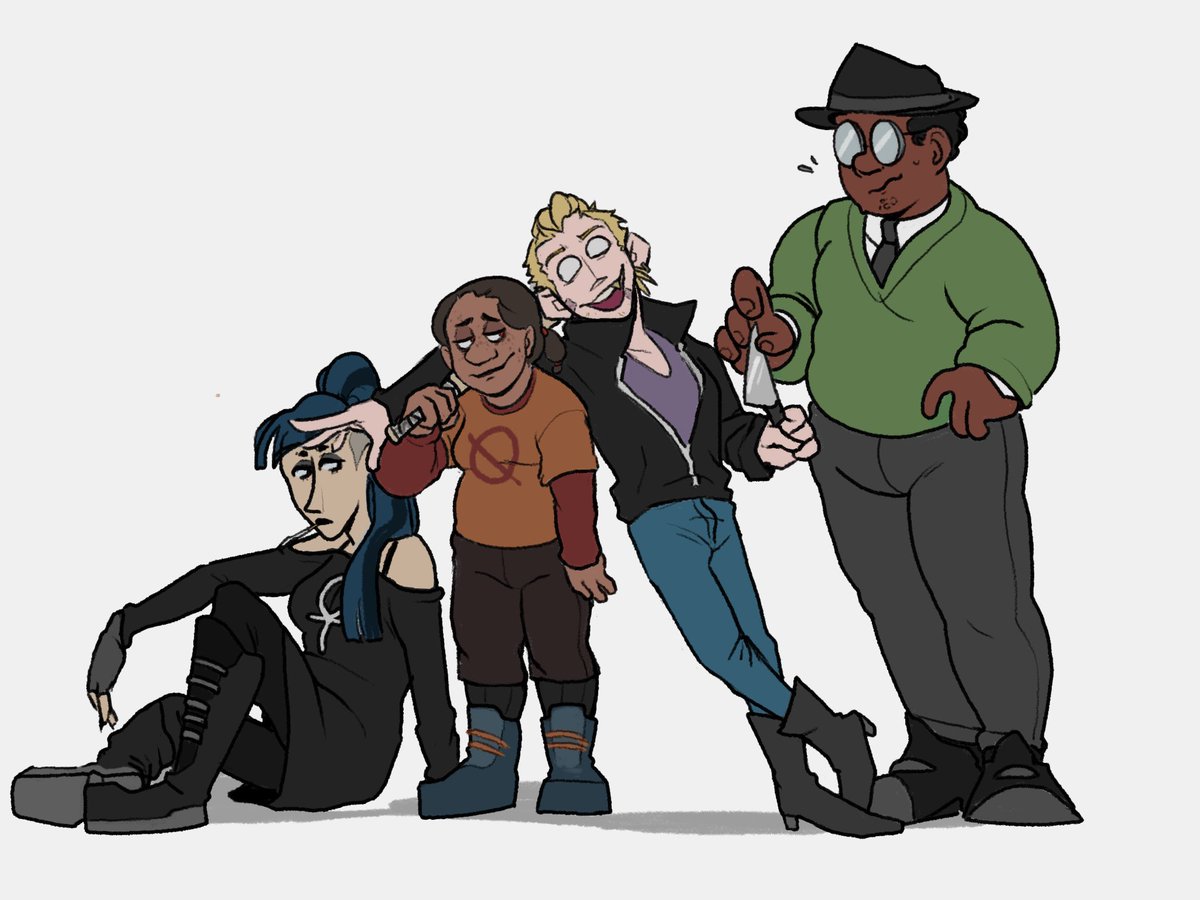

As such, some neutrois transition in a direction that is female-to-neutrois (FTN), and others are male-to-neutrois (MTN). Neutrois people can have had any gender assigned at birth. Because the concept and identity of neutrois is relatively new, not all neutrois have undergone surgery, or even seriously want to undergo surgery or physical transition yet." Physical transition may consist primarily in the removal of primary and/or secondary sex characteristics, such as genitals or breasts and body hair. Similarly, Micah of Neutrois Nonsense defines neutrois as a transsexual identity that moves away from familiar gender markers: "Transition is a process of subtraction: a neutrois wishes to get rid of any and all gendered characteristics so as to achieve as neutral a body as possible. Neutrois are trying to lose gender traits, not gain new ones." Because of this, transitioning from an assigned gender, to either male, or female identities is not an acceptable solution. They are uniquely bound by their gender dysphoria in that they find both male and female orientations wrong. Neutrois are not androgynes, but do pursue an androgynous appearance. In 2000, the site Neutrois Outpost defined neutrois as a transsexual nonbinary identity: "A Neutrois is someone who identifies as being non-gendered and seeks to lose the major physical signifiers that indicate gender to others (breasts, facial and body hair, crotch bulges, etc). "X" means a gender that is not exclusively male or female, including, but not limited to, intersex, agender, amalgagender, androgynous, bigender, demigender, female-to-male, genderfluid, genderqueer, male-to-female, neutrois, nonbinary, pangender, third sex, transgender, transsexual, Two Spirit, and unspecified. In 2018, Washington state began to allow "X" gender markers on official documents, with the law stating that In 2014, neutrois was one of 50 genders made available on the social networking site Facebook. The 2013 text Sexuality and Gender for Mental Health Professionals: A Practical Guide mentioned neutrois as one of many valid nonbinary identities. Burnham, who described it in public posts to Internet newsgroups for transgender people.

In 1995, the word "neutrois" was created by a neutrois person named H.
/cdn.vox-cdn.com/uploads/chorus_image/image/68898559/EDd8_y3U0AAHvKO.0.jpeg)
Because French trois has sounds that are difficult to Anglicize, some pronunciations of neutrois in use are new-TWA, new-TRAW, new-TROY, new-TROYS, new-TROSS, new-TROZ, or new-TROYZ. The word "neutrois" is presumably made from French neutre, meaning "neutral" or "neuter," and French trois, "three," as in third gender. The word "neutrois" was created by a neutrois person named H.


 0 kommentar(er)
0 kommentar(er)
